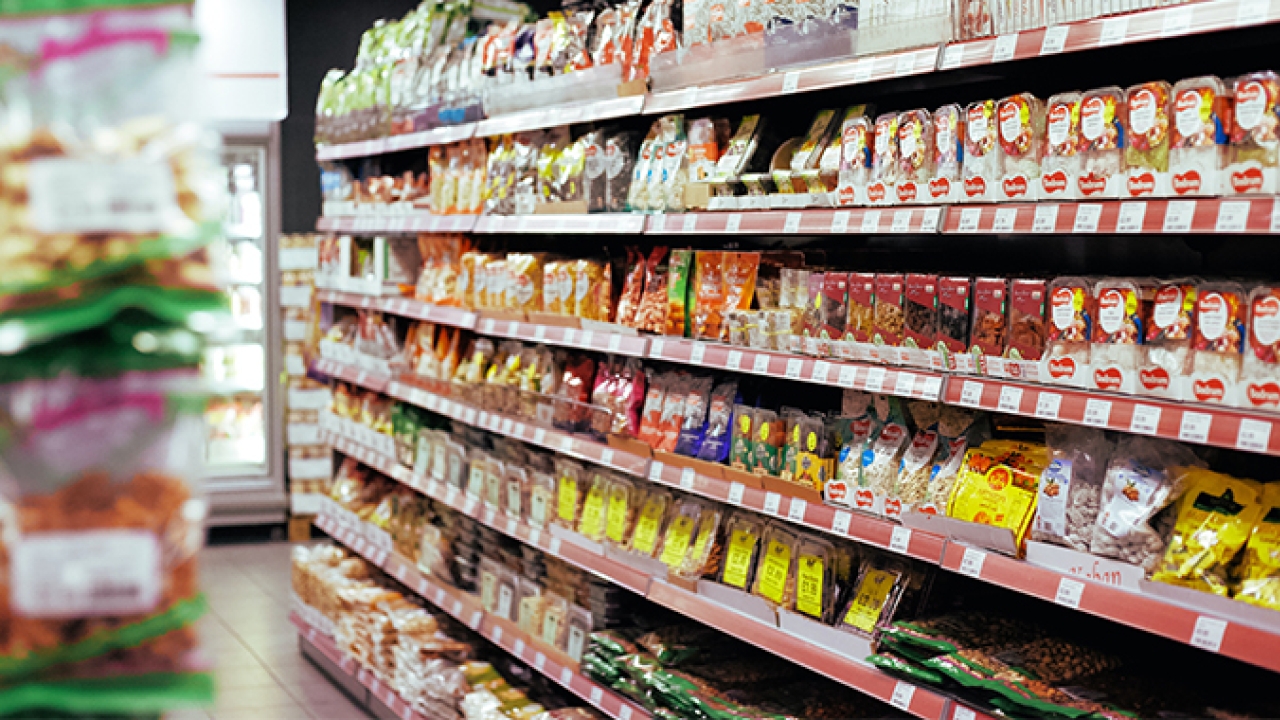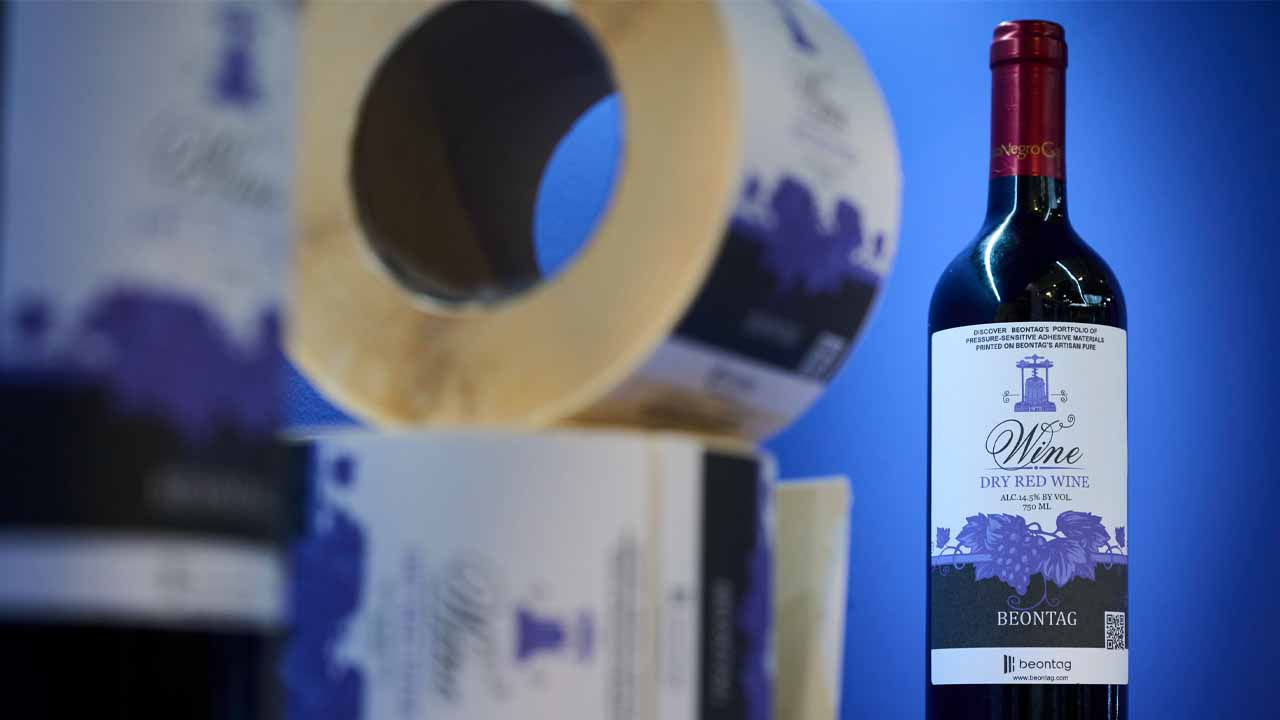Brand owners spending more on packaging
Spending on packaging by consumer packaged goods (CPG) brands has grown over the past two years and will continue to do so over the next two years, according to a recent study of CPG brand owners by global strategy consulting firm L.E.K. Consulting. The increased spending on packaging is expected to grow more than inflation.

Fifty-six percent of CPG brand owners reported an increase in spending on packaging since 2019 and 65 percent said they anticipate growing their spending in 2022 and 2023. And a full 78 percent of brands classified as Tier 1 (those with more than USD 1 billion revenue and a branded international presence) plan to increase their spending on the packaging, with one-third of Tier 1 brands expected to increase spending over 6 percent in the next two years.
While the CPG industry seems to be weathering the Covid-19 pandemic, and CPG companies’ spend on the packaging is no exception, the pandemic has accelerated and intensified several changes impacting packaging demand that were already underway. They include increased competition on the shelf, changes in packaging to meet sustainability goals, accelerating shifts in e-commerce and the continuing proliferation of stock-keeping units (SKUs).
‘Players in the packaging industry that are able to work with sustainable materials without sacrificing performance, or design packages that reduce weight but still provide robust product protection for e-commerce, will find themselves with a unique competitive advantage,’ said Thilo Henkes, managing director of L.E.K. Consulting and coauthor of the 2021 Brand Owner Packaging Study, which is based on a survey of 425 CPG brand managers and packaging decision-makers.
When asked what the most significant change in packaging has been over the past two years, most CPG brand owners cited an increase in the share of sustainable packaging. About 74 percent of CPG brand owners have set a sustainability goal for 2025, but many brand owners are running behind. They report that, to date, they have achieved only 40 percent of their 2025 goals and expect to have met only 68 percent by 2025.
To advance packaging sustainability goals, most brand owners are focused on materials. Their top criteria for sustainability: 42 percent said recycled content, 30 percent said biodegradable materials, 28 percent said compostable materials and 28 percent said materials manufactured using renewable energy.
While about 75 percent of brand owners said they have some access to sustainable packaging materials today, the capacity of material recycling facilities (MRFs) is insufficient to meet the demand, suggesting future imbalances for supply. A shortage of recyclable materials adds to supply-side pressures, especially for plastics, where only 9 percent of the material in the US is currently recycled.
‘Packaging converters that can partner with brands to decrease packaging weight, design recyclable packaging and ensure a sufficient supply of sustainable packaging materials are expected to achieve a critical level of differentiation,’ commented Jeff Cloetingh, managing director at L.E.K. Consulting and report coauthor.
Accelerating shifts to e-commerce has been listed by L.E.K. as another critical driver of the market. With the pandemic accelerating well-established trends to e-commerce, about 50 percent of brand owners said they use e-commerce-specific packaging formats, and 56 percent have increased their spending on e-commerce packaging relative to regular formats.
But, according to L.E.K., the shift to e-commerce comes with concerns, specifically about performance. Brand owners value other characteristics, such as light-weighting and performance, more than sustainability. Thirty-six percent said they are acting to reduce packaging weight, 32 percent said they are introducing new formats, 31 percent said they are reducing packaging size, 29 percent said they had redesigned their packaging for automated environments, and 28 percent said they are increasing protective packaging to avoid damage in transit.
The study also showed that CPG brand owners are investing heavily in packaging. Given intense competition on the retail shelf for consumer mindshare and share of wallet, brand owners regard packaging as a high ROI tool for awareness, promotion and sales, and look to it to drive differentiation and win over consumers.
‘While overall spending levels are a response to competitive demands, they’re also a good sign of a healthy industry,’ said Amanda Davis Winters, managing director at L.E.K. and coauthor of the report. ‘Opportunities abound for packaging converters and investors, as long as they can rise to the occasion and meet the challenges.’
L.E.K also prognoses that SKU proliferation will continue. Although a slowdown during the height of the pandemic in the growth of SKUs as supply chains became constrainers and brand owners returned to their core SKUs, brand owners said their SKU count is likely to increase in the future resuming pre-pandemic growth rates. They also expect the sales volume of their top SKUs to increase modestly over the next several years (from 40 percent of overall sales in 2021 to 42 percent in 2023).
‘There’s a major opportunity for packaging converters and investors to partner with brand decision-makers, understand what their challenges are and deliver value-added solutions,’ added Jon Moss, senior engagement manager at L.E.K. and coauthor of the report. ‘Practically speaking, these solutions can take many forms and some providers may need to build or acquire new capabilities to complement existing ones.’
Stay up to date
Subscribe to the free Label News newsletter and receive the latest content every week. We'll never share your email address.

